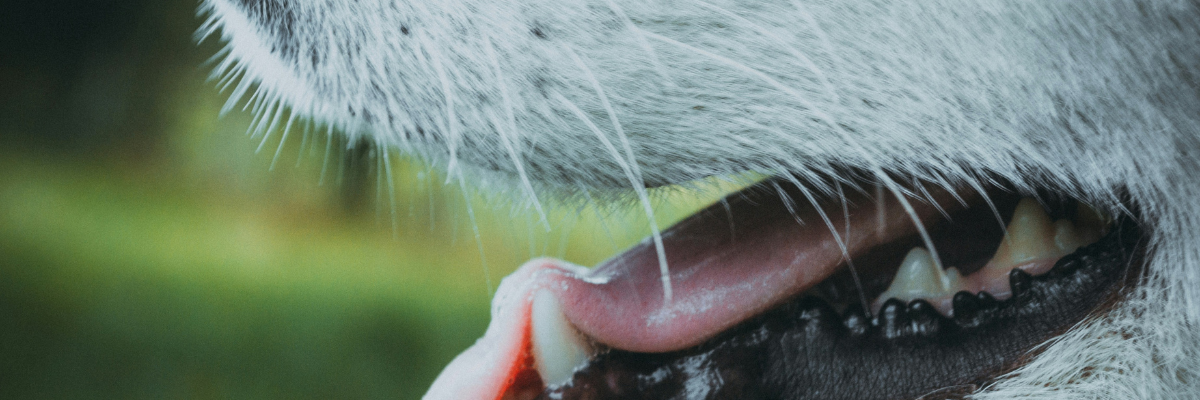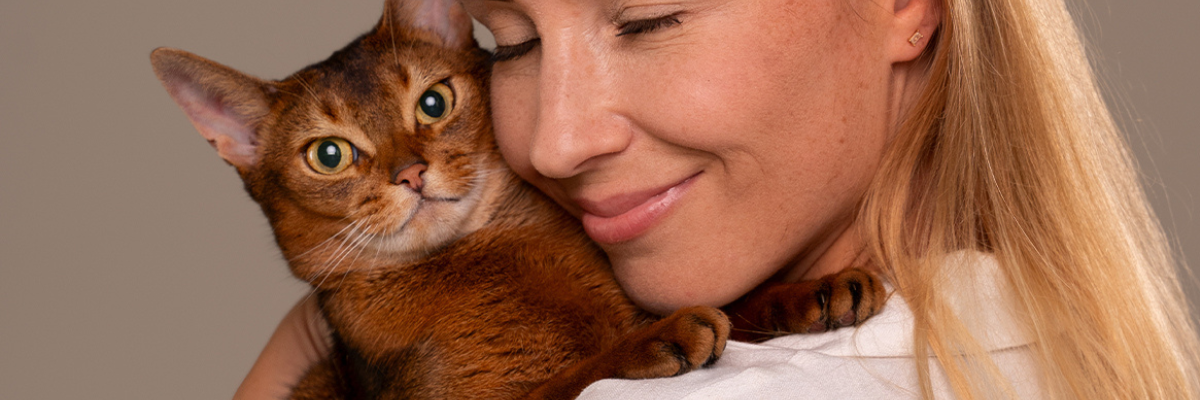Urinary tract diseases in dogs and cats
Dogs and cats, just like humans, can experience urinary tract problems during their lifetime. Common issues include cystitis and urinary stones, which can present with various symptoms. Sometimes, it can be difficult to interpret these symptoms correctly, but this guide will help you understand what it might mean when: your cat spends more time in the litter box, a previously house-trained pet suddenly has "accidents" outside the box, or your pet persistently licks its genital area. These signs may indicate discomfort—or even pain. It is important to seek veterinary help for a correct diagnosis. If ignored, urinary tract diseases can seriously affect your pet's health.
The role of urine in health
Urination is an important process that is crucial for both human and animal health. The main purpose of urine is to remove waste products and toxic compounds that accumulate in the blood. Through urine, urea, uric acid, creatinine, sodium, and oxalates are excreted.
Urine production begins in the kidneys, where kidney capsules filter the blood. The finished urine is then passed through the ureters to the bladder, where it is stored. When the animal feels the need to urinate, the bladder is emptied via the urethra.
Unlike humans, male dogs have a bone in their penis (the os penis). At this bone, the urethra is narrow, which can cause urinary stones to get stuck in the tight area and cause blockages.
Common symptoms of urinary tract disease in dogs and cats
The symptoms of urinary tract diseases can vary and are sometimes difficult to detect. Regardless of severity, they are always associated with discomfort or pain.
Pets' urine is often highly concentrated, which can irritate the tissues in the urinary tract despite the protection provided by the mucous membranes. If your pet shows symptoms of urinary tract disease, it is important to contact a veterinarian quickly to alleviate the discomfort.
Common symptoms of urinary tract diseases may include:
- Increased urination, small amounts of urine, or inability to urinate
- Repeated licking of the genital area
- Prolonged urination posture
- Painful or difficult urination (e.g., whining or groaning)
- Reddish urine, which may indicate blood in the urine
- "Accidents," such as urinating outside the litter box or on the floor
- Loss of appetite
- Behavioral changes
The difference between urinary tract diseases and urinary stones
It is important to understand that urinary tract diseases and urinary stones are not the same. Diseases of the lower urinary tract can have several different causes and vary between cats and dogs.
Possible causes include:
- Bacterial cystitis: The most common urinary tract disease in dogs, treated with antibiotics. In cats, bacterial cystitis is rarer.
- Idiopathic cystitis: A specific disease in cats, accounting for over 60% of urinary tract diseases in cats. It can recur and is caused by factors such as stress and lifestyle. Diet plays an important role in treatment.
- Urinary stones/crystals: Common in both dogs and cats. They typically form in the bladder rather than the kidneys, as in humans. A proper diet can prevent recurring urinary stones.
- Tumors
- Behavioral problems
In cats, the bladder is protected by a layer of glycosaminoglycans. In idiopathic cystitis, this protective layer may become thinner, leading to irritation from substances in the urine and causing pain.
To establish a diagnosis, veterinarians often recommend a urine analysis to measure the urine's pH and check for the presence of inflammatory cells, blood, or proteins in the urine.
What are urinary stones?
Urinary stones form from aggregated urine crystals. These crystals can cause symptoms of urinary tract disease and, in the worst case, lead to life-threatening blockages.
Urinary stones form when the concentration of dissolved minerals in the urine becomes too high. Factors such as poor metabolism or a diet that promotes crystal formation can lead to urinary stones.
Common types of urinary stones include:
- Struvite crystals: Common in both dogs and cats. They consist of phosphate, ammonium, and magnesium and are often associated with urinary tract infections.
- Calcium oxalate stones: Commonly found along with struvite crystals.
- Ammonium urate stones: Less common and linked to liver dysfunction.
- Cystine stones: Rare.
These crystals can vary in size, and an animal can have several different types of crystals at the same time. Therefore, it is important to identify which type of stone is present in order to provide the right treatment.
Factors that increase the risk of urinary stones
Factors that increase the risk of urinary stones vary depending on the type of stone and the pet's breed (dog or cat).
General factors include:
- Water intake: A lack of water makes urine more concentrated, increasing the risk of crystal formation.
- Urine acidity: A high pH can increase the risk of struvite stones.
- Urinary tract infections: Can raise pH levels, increasing the risk of urinary stones.
Certain breeds are more prone to developing urinary stones, such as Dalmatians, which are predisposed to ammonium urate stones. Indoor cats are also more prone to urinary stones.
Treatment of urinary tract diseases
Determining the composition of urinary stones is crucial for providing the correct treatment. The veterinarian may suggest urine tests, X-rays, or special analyses of the stones.
Treatment may include:
- Medication: Antibiotics for bacterial infections, as well as painkillers and anti-inflammatory drugs.
- Nutritional treatment: Special diets to dissolve crystals and prevent relapse.
Some urinary stones cannot be dissolved and require surgical intervention, while other types can be dissolved through diet and medication.
Important tips for preventing urinary tract problems
- Proper diet: Make sure your pet has a diet that supports urinary tract health. Always consult a veterinarian before changing the diet.
- Access to fresh water: Ensure your pet has constant access to clean water, especially when treating urinary tract problems.
- Frequent feeding: Give small portions multiple times a day to reduce fluctuations in urine pH.
- Quick veterinary care: If your pet shows signs of urinary tract disease, always seek veterinary care as soon as possible.
Glossary
- Lower urinary tract disease (FLUTD): Any disease in the ureters, bladder, or urethra.
- Alkaline: The opposite of acidic.
- Glycosaminoglycans: Polysaccharides that protect the walls of the bladder.
- Nephron: A functional part of the kidneys that filters blood and produces urine.
- Oxalate: A salt or ester of oxalic acid, which can bind to calcium and form calcium oxalate stones.
- Purin: Parts of nucleic acid (e.g., DNA) produced by animals and found in food.
- Cystitis: Inflammatory condition in the bladder, which can be caused by bacteria (infectious cystitis) or complex factors (idiopathic cystitis in cats).
- Struvites: Magnesium-ammonium-phosphate crystals and stones.
- Urinary stone: Mineralized formations, often in the bladder, where multiple stones typically occur simultaneously.
- Urinary stone disease: When a patient has urinary stone(s).
- Urine pH: A measure of the acidity (pH < 7) or alkalinity (pH > 7) of urine. Neutral pH is 7.
- Ureter: A tube of muscle and mucous membrane that carries urine from the kidneys to the bladder.
- Urethra: The tube that carries urine from the bladder out of the body.



